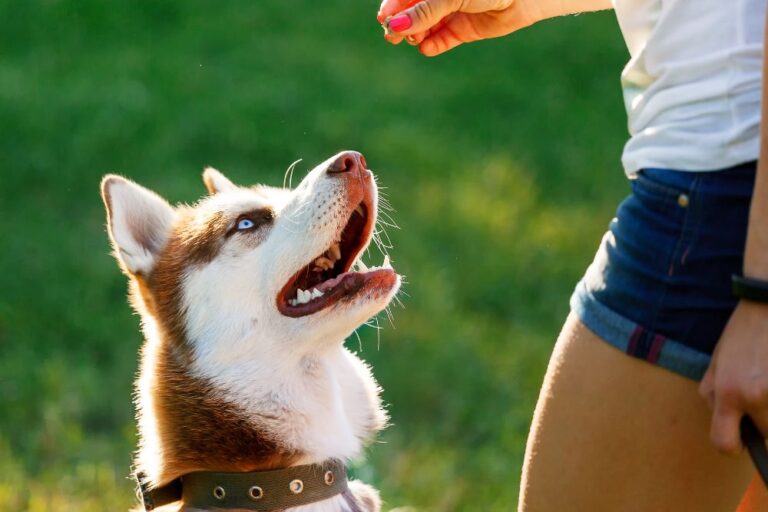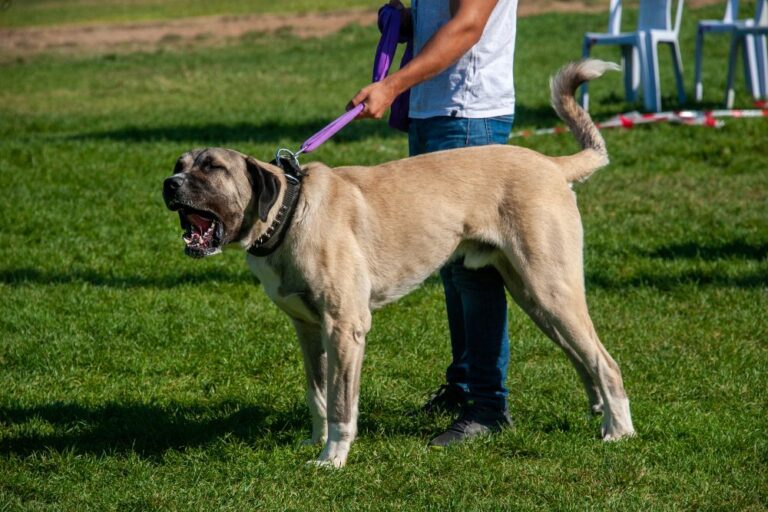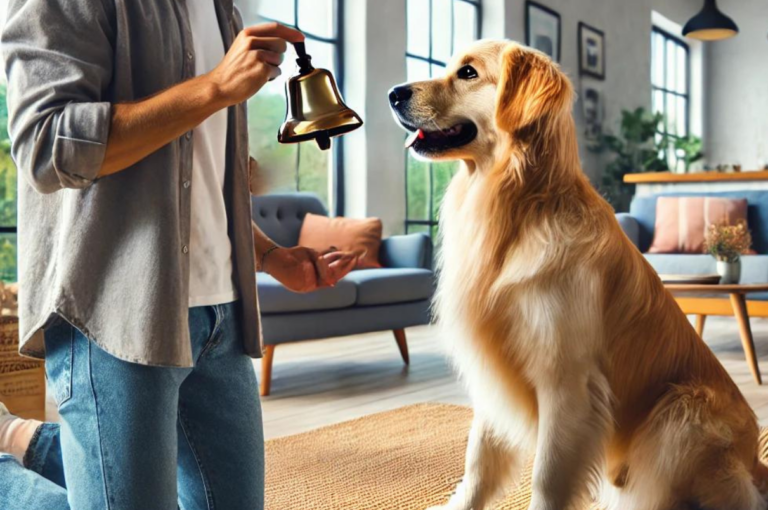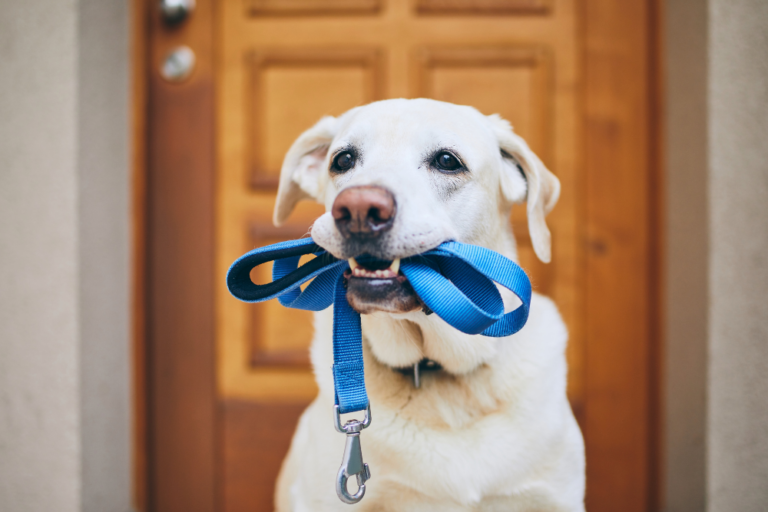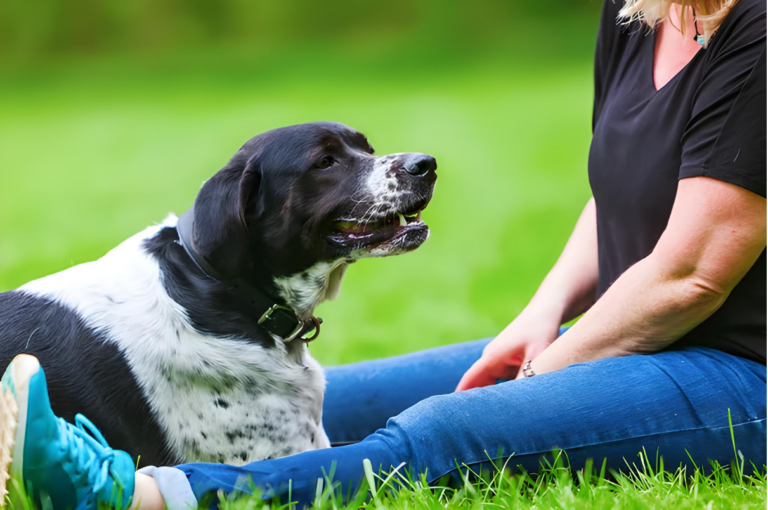Protection Dog Training
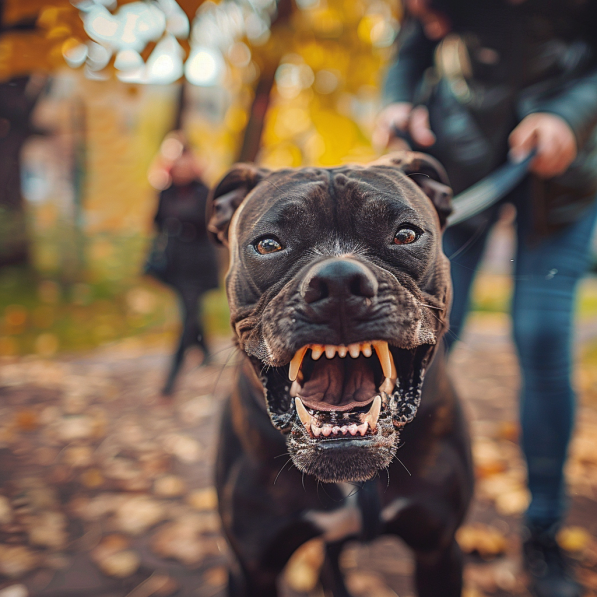
Protection Dog Training
Why consider protection dog training or the purchase of a personal protection dog?
Protection dog training with a bite suit.
Personal protection..
Of course, but I often talk to people about protection dogs and many of them have similar concerns. There are elements in their lives on occasion that make them uncomfortable, or they carry valuables on a regular basis, or they have a disability and feel they need more than a service dog at their side or on their property.
These are certainly legitimate reasons for considering a protection dog, but there’s a very important point I always make during these conversations.
The point is and I stress.. Protection dog training should be left to a professional. We’re dealing with controlled aggression here and a dog whose mind must be in an elevated aggressive state. The training involves simulated attacks with aggressive human behavior and a lot of this is done off-leash. Throw in agitation collars and protective equipment like training vests and padded sleeves, or a full upper body muzzle jacket and it adds up to a very serious environment!
All Personal Protection Dogs Are Not Alike

Executive level protection dog with two celebrities.
There are many levels of protection training and an elite executive personal protection dog can cost 85-thousand dollars or more! Check out Command Control K9 for Elite Personal Protection Dogs.
These are amazing creatures that can dis arm an attacker from an elevated level, or, lay quietly under the desk of an important executive for 8 hours straight without moving. Heck, you can even get a protection dog so well trained it will urinate or defecate on command. How’s that for potty training?
As you can see a personal protection dog is an amazing animal and should you have the need and budget for one of these incredible dogs, it will typically arrive with a trainer or two to teach you how to handle the dog.
Protection dog training is ongoing, not a one time does it all affair. A protection dog needs reinforcement training to remain sharp, since it’s impossible to predict when its protection will be needed. If you live or work in an area where you feel the need for protection at every turn, it might be a good idea to consider more than a protection dog. Aside from that, it doesn’t make sense to have a dog that’s been well-trained to provide protection, relax the training and abandon the purpose of having the dog.
So, you want to be sure a protection dog is the answer since reinforcement training will be part of your regular routine. Fortunately, if you do decide in favor of a protection dog, you’ll have a great companion as well as your protector.
Belgian Malinois are favored by many as personal protection dogs.
What breed is best for protection dog training?
There are certain breeds that make good protection dogs. German Shepherd, Doberman and Rottweiler have a lot of similar qualities such as courage, drive and intelligence. Many mixed breeds with these lines have the goods to do the job and are bright when it comes to learning their duty.
Of Interest: Large breeds are typically chosen because they have a good balance of size, strength and agility. Choosing a Giant breed dog for protection work is not always a good choice. While a giant breed dog may be more visually intimidating, the physical size of the dog is a disadvantage causing lack of agility and speed. Further, a giant breed dog would probably seriously injure the trainers even while wearing bite suits.
How Do You Train Them?
Ideally, protection dog training starts when the dog is five or six months old and basic training can take anywhere from six weeks to 6 months. In addition to a pup, juvenile dogs can be trained for protection if the breed and temperament are suited for the work.
The initial training takes things to the point where the dog responds well to voice and lead commands and is not intimidating around strangers. From there dogs are conditioned for protection and it’s extremely important that it responds to the handler’s commands immediately.
In real situations the dog might alert to a stranger, but in a matter of seconds you realize it’s just someone being rambunctious about something else. In another instance the dog might alert to a person with something harmless in their hand. Having the dog stand down using a voice or lead command is essential.
TIP: By nature the females of a breed are more protective of a home, especially when rearing pups, and sometimes where there are small children. Training alpha males not to be assertive requires specialized protection dog training that addresses – you guessed it – hierarchy in the pack.
Both the male and female of a breed can be trained for protection, and the choice is most often a matter of preference. As a trainer you might feel a female is best for one person, and a male best for another.
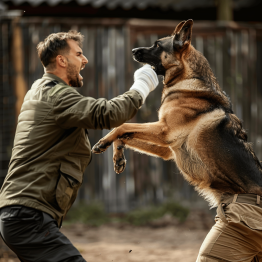
In Summary
Protection dogs are typically trained and conditioned with correction reinforcement, this training method can be extreme to a novice trainer.
Any high energy breed with aggressive characteristics will be a good candidate for protection dog training. However, protection work is a “high stress” job and it’s crucial the dog has the proper temperament to handle this stress.
While certain mixed breeds make great protection dog candidates, German and Dutch Shepherds, Belgian Malinois & Doberman Pinschers are very popular. Not only do these breeds exhibit the proper temperament, their physical size is just right to be affective as a defender, yet manageable to trainers.
As much of protection dog training encompasses bite work and physical contact between dog and handler, choosing a giant breed such as a Great Dane could cause serious injury to the handler during training. On the other hand, a smaller Terrier breed while having the right attitude, just wouldn’t have enough mass to deter, take down or hold an attacker.
A protection dog alone is never the complete answer to your personal protection strategy and continuous training to keep the dog sharp is a must. Is a personal protection dog the right choice for you?
Food For Thought
Having a protection dog is not the complete answer to your personal protection. It is part of the protection system, just as a fence and a burglar alarm is part of the system. The most effective protection dog is one that responds to your commands and has help in the form of your attention to what’s going on. We can’t expect a dog to do the thinking, just to help with the protection, and teamwork is always best I’ve found.
For more articles related to working dog training follow the links provided on our working dog training page



